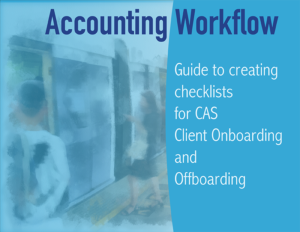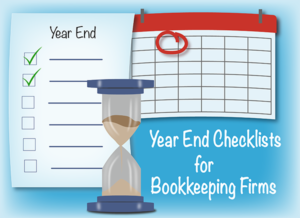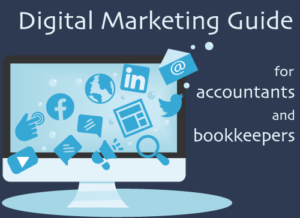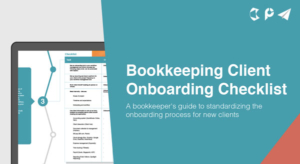Maybe you haven’t dipped your toes too far into digital marketing yet. After all, the internet is a big, scary place that’s constantly changing. It can be intimidating trying to figure out a digital strategy that will set you apart from your competitors. However, harnessing the power of the internet will help you target the perfect clients for your business and close the deal. Trust us: it’s worth a deep dive.
Understanding the lingo
If you want to use digital marketing to attract the right customers, the first thing you need to know is the lingo. We use a lot of different terminologies to describe clients. Let’s start by differentiating between a target audience and a target market. You might be familiar with the latter term already. A target market is a subset of your client base you wish to target directly; identifying a target audience involves finding out demographic information about your customers, along with information about their interests and buying habits. An example of a target audience would be: “women, aged 30-40, who live in Colorado and are interested in outdoor sports.”
Find out who your target audience is
You might have to do a bit of research to figure out who you’re targeting. Luckily, there are plenty of tools and strategies you can use. Primary research might include sending a survey out to existing and potential clients. You could also conduct a focus group, where you would ask a small group of potential clients a series of questions to get a better idea of who they are and what they’re looking for. Additionally, there are plenty of tools you can use that don’t require interacting with your customer base. Google Analytics provides a well of information about who is looking at your business online, such as where they’re from and which website pages they’re spending the most time on. You can also use social media analytics such as Facebook Insights to accomplish the same thing.
Creating a buyer persona
Try to think of a fictional character you really like. What are some of their traits? What’s their job and what goals do they have? Now, try to think of your ideal client. Filling out information about your ideal client — such as average income, career goals, and social media preferences — is how you create a buyer persona. Considering all of this information will help you be more strategic in your marketing. For example, you can discern which social media platforms your target audience is most likely to use or what pain points they might need an accountant to help with. You can use information from your primary research and social media/website analytics to build up these buyer personas.
Targeting your audience
Now that you’ve figured out what all the terminology means and how you can identify your ideal clients, it’s time for the real marketing work: targeting. Knowing who you want to reach doesn’t matter if you don’t know how to reach them, after all. That’s where that buyer persona you made comes in. Instead of using every social media site, use the ones your clients are most likely to be active on. Only use language that your clients will understand. Figure out what content of yours is performing well and replicate that — after all, that is probably what your clients are most interested in.
The world of digital marketing might be intimidating at first, but the internet opens up so many unique avenues to engage with your customers and increase your visibility. There’s just one thing to keep in mind above all else: always start with a clear idea of who your client is and what will appeal to them most.











